
"Meditation" in this book has been expanded to involve sexual meditation, whether with someone who is better at it than you are, or, a complete novice. It does not quite say "you must be initiated into Vajravilasini and do her practice". It is saying to do it at all possible costs with the best of whatever you have.
It is correct that it is training to carry the state achieved by such meditation into all other activities. Only in that way could it be described as detached from or beyond sex. Then, it seems to say Svasamvedana is more important than self-generation as a deity:
“In this way, the practitioner of the true state (tattvayogin), resolved upon the practice, authorized by his master, and abiding by his samaya, should practice meditation. If he does, what would be the use of committing to practice hand mudrās, mantras, making deity statues, or cultivating himself as deity, all of which can only produce common siddhis? Intent on buddhahood, he should clearly set up his goal and do the practice of the chosen deity. [F.87.a] In this way, when the goal has been reached, the threefold universe will become for him like the sky. Consequently, the skilled practitioner, having renounced everything, applies himself to the practice of meditation in the state he has attained, cultivating day and night self-reflexive awareness (saṃvedana) exclusively. {2.2.33}
Because this tantra uses some, if not all, front-generated deities, and, as far as I can tell, Transference as explained by Jnana Dakini also means she is an external form, it seems to me that self-generation is less important as a training technique, and the important thing is to simply become self-arisen White Heruka, which "you" do not do, "it" happens.
So, if I say it sounds like you are at an energetic parallel of what we call Entering the Mandala, according to Samputa, you have this ability, since you are able to perceive such a goddess. Also, when it says "self-concentration", that is Svadisthana, which has a few synonyms, I personally like Water Moon.
As for some of the other points, I am not sure. In Buddhist tantra, visualizing oneself as the opposite sex is certainly described as an exercise in the release of identity, but I am not sure that it is said that you actually have to do this to pursue Suksma Yoga.
It is so self-secret, I am not sure exactly what to say about her.








 Reply With Quote
Reply With Quote
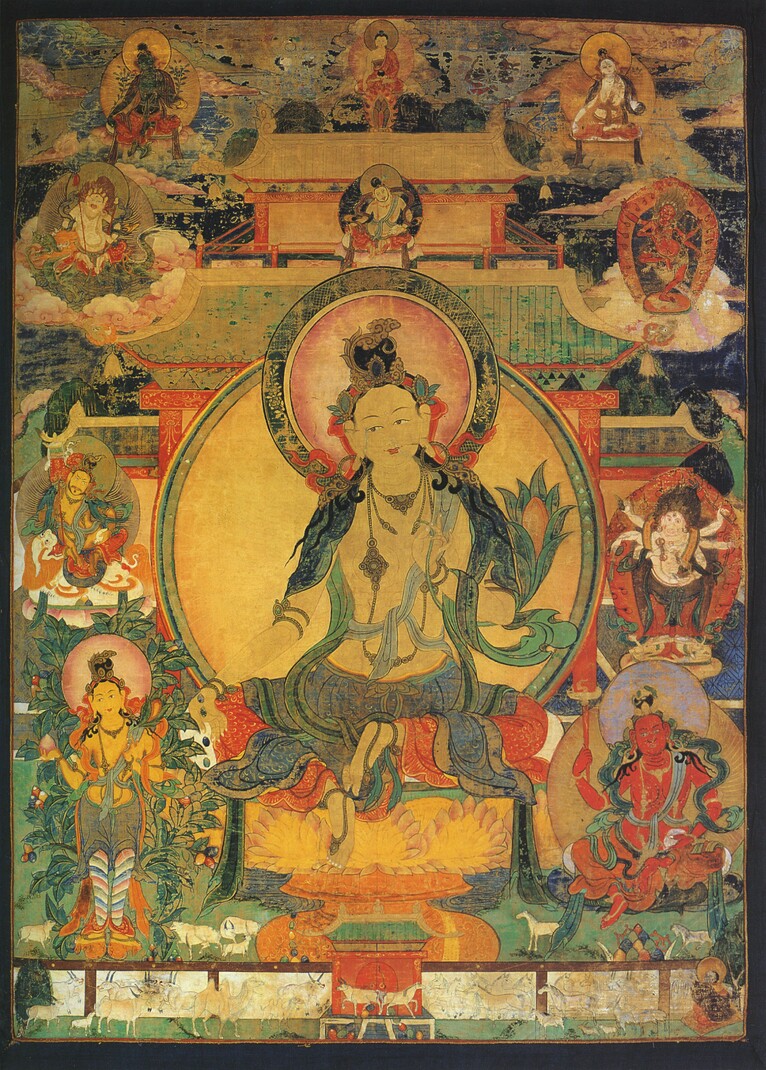
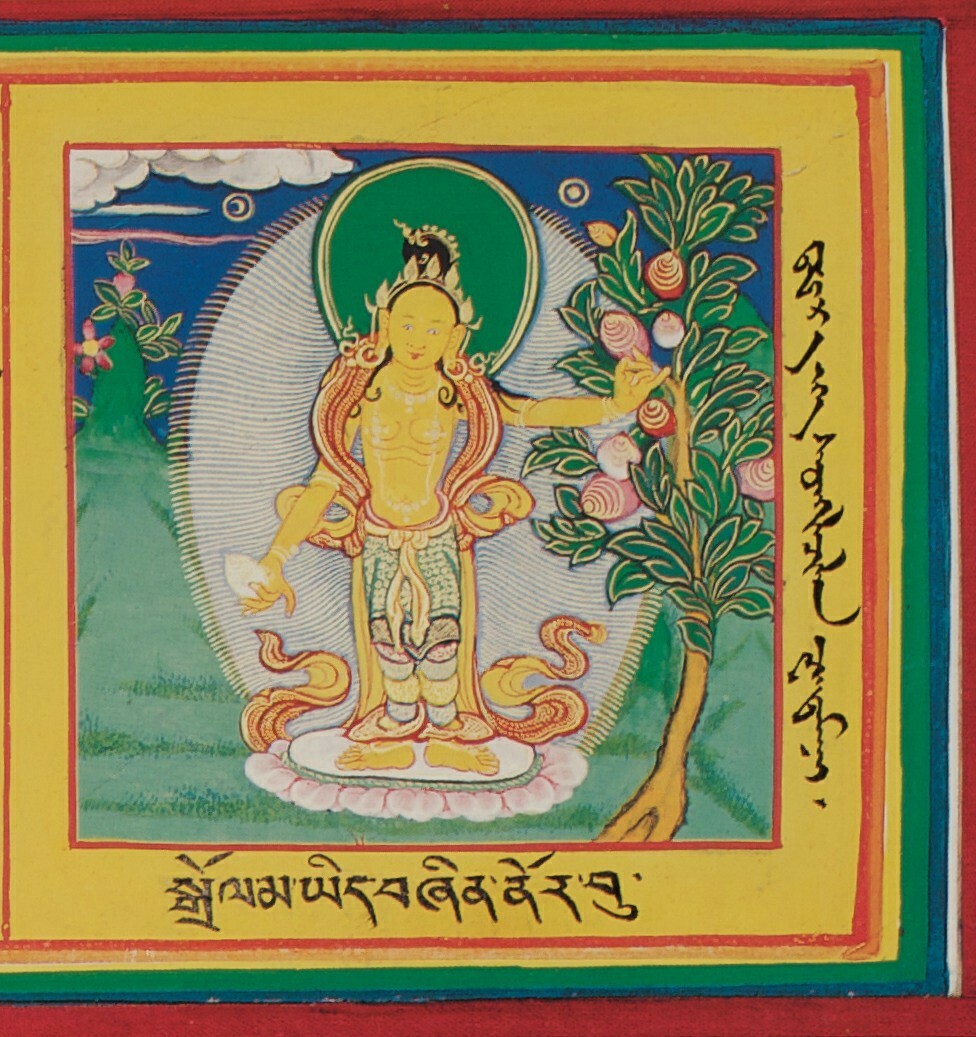
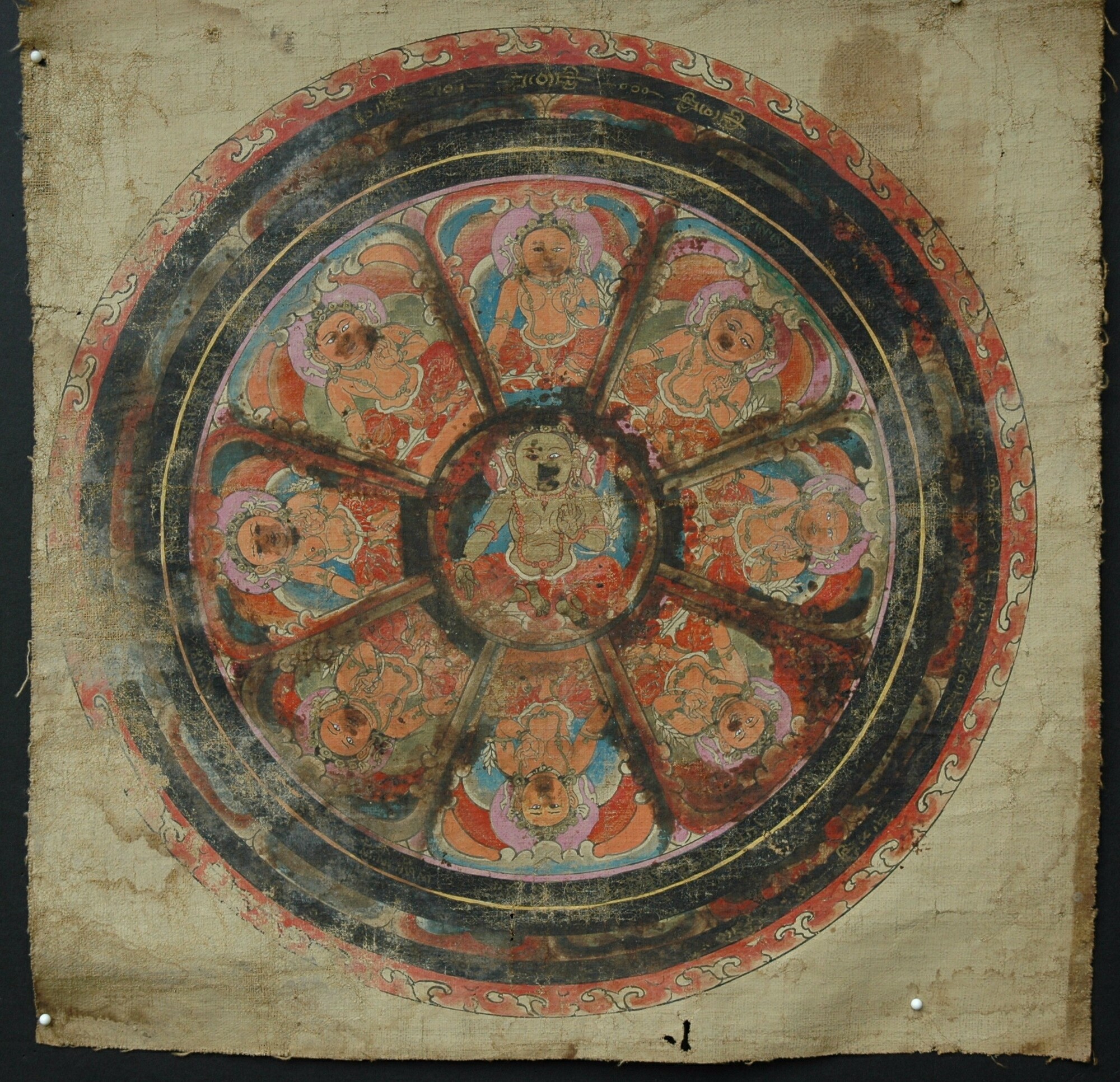
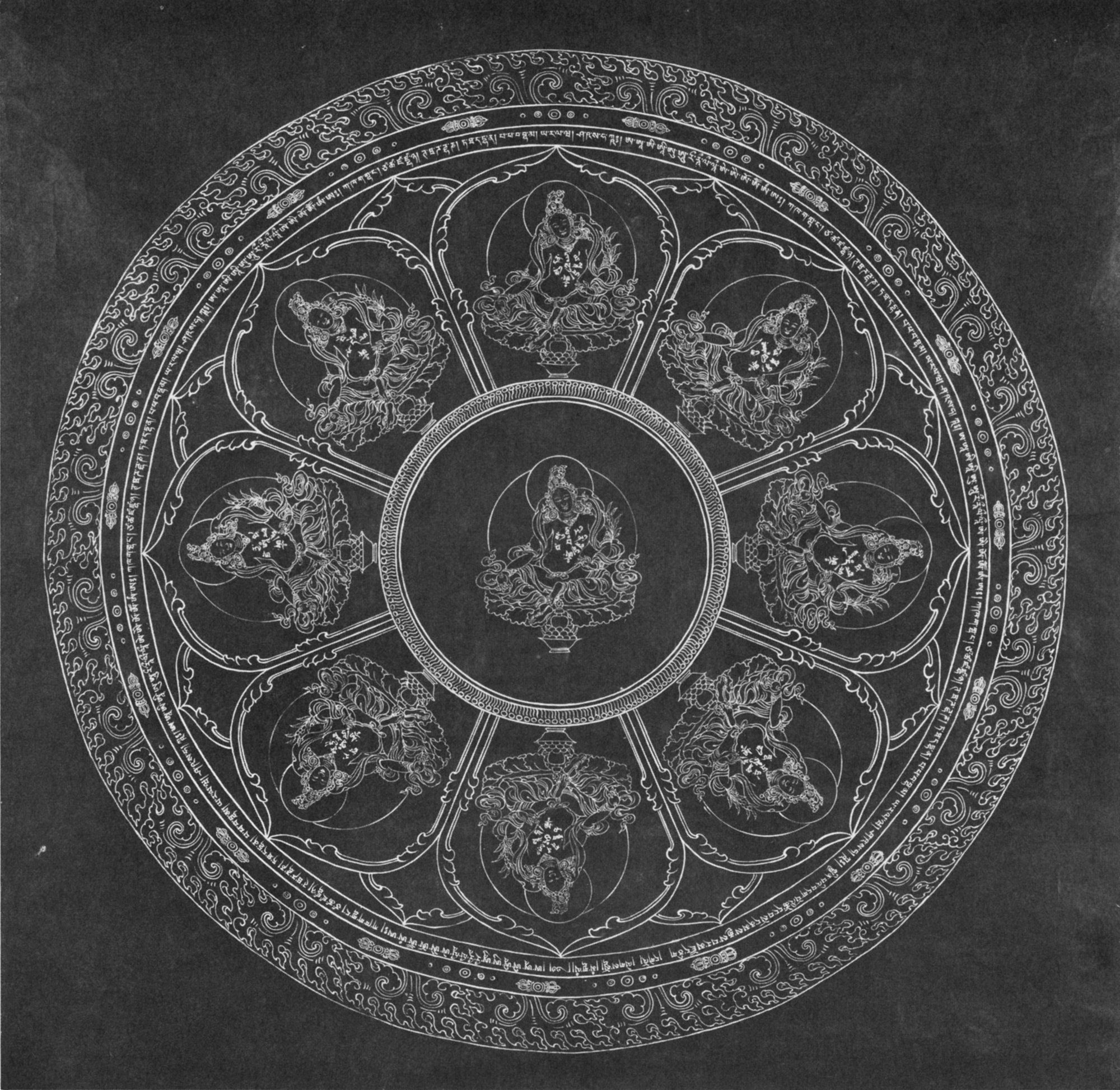
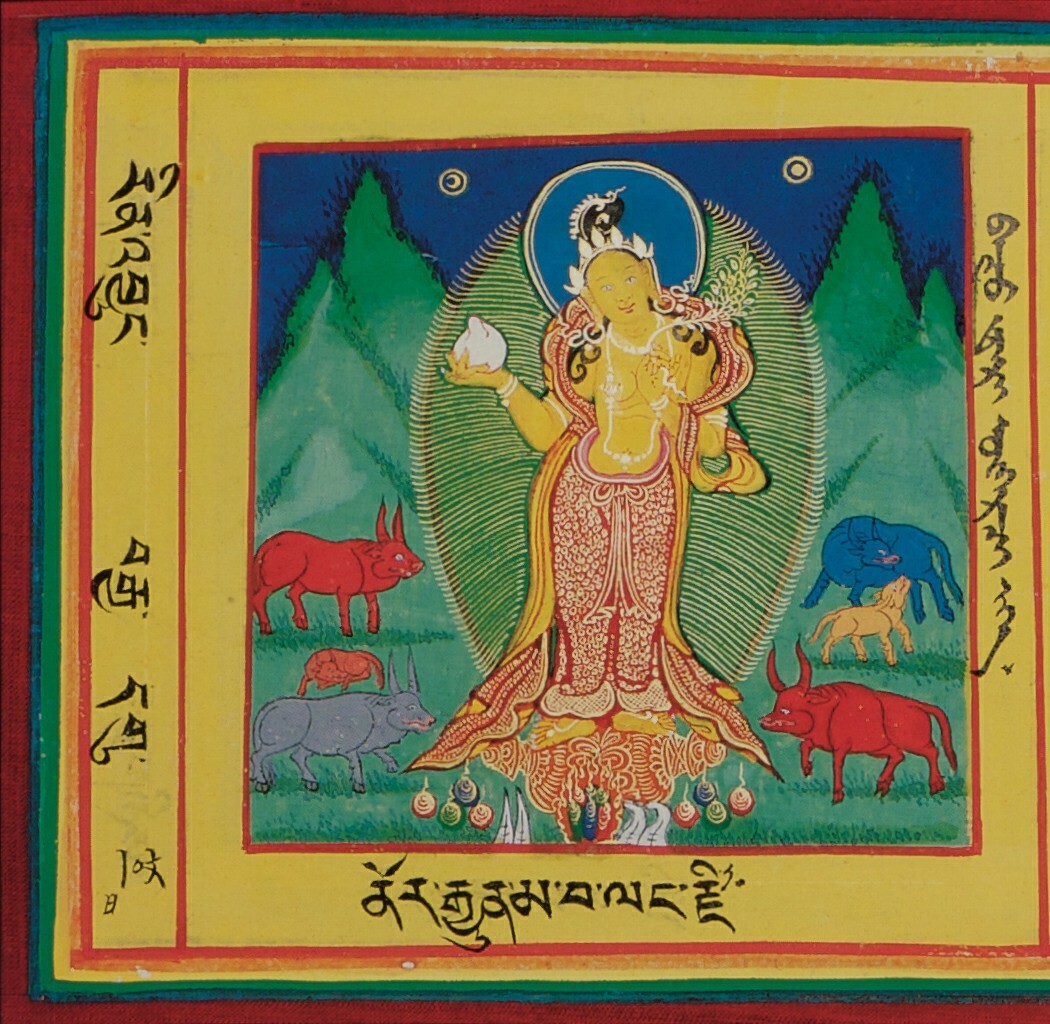
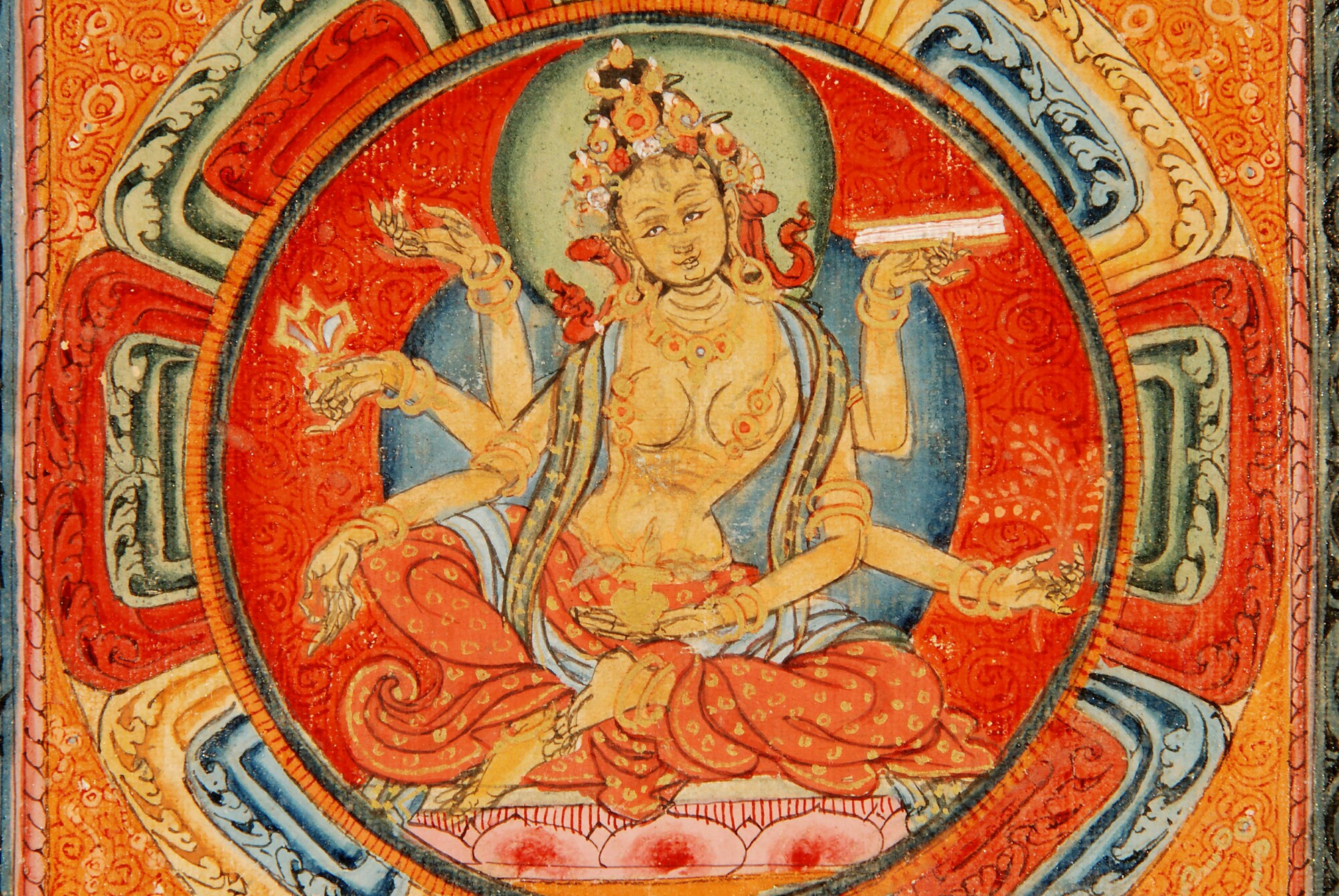
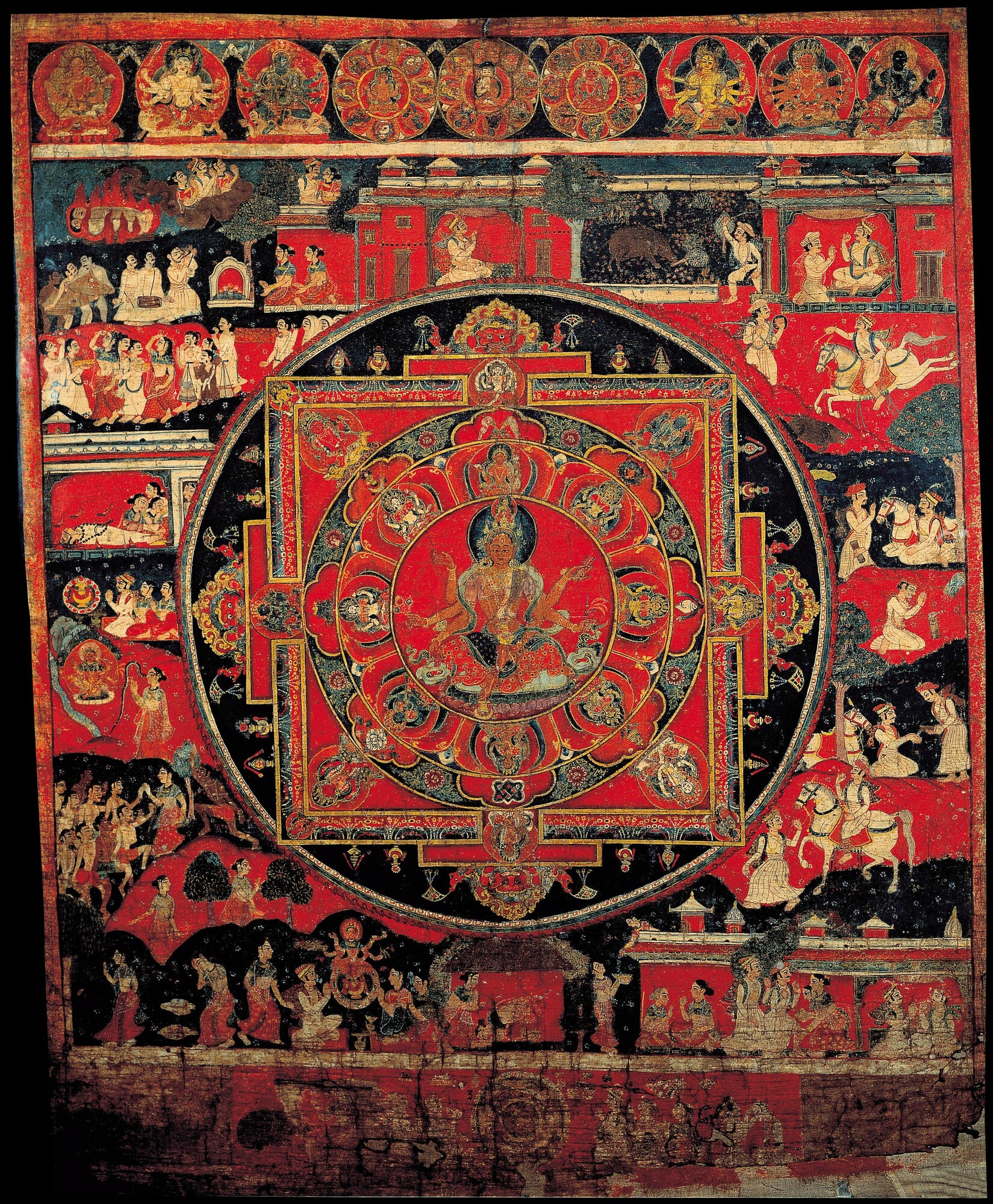
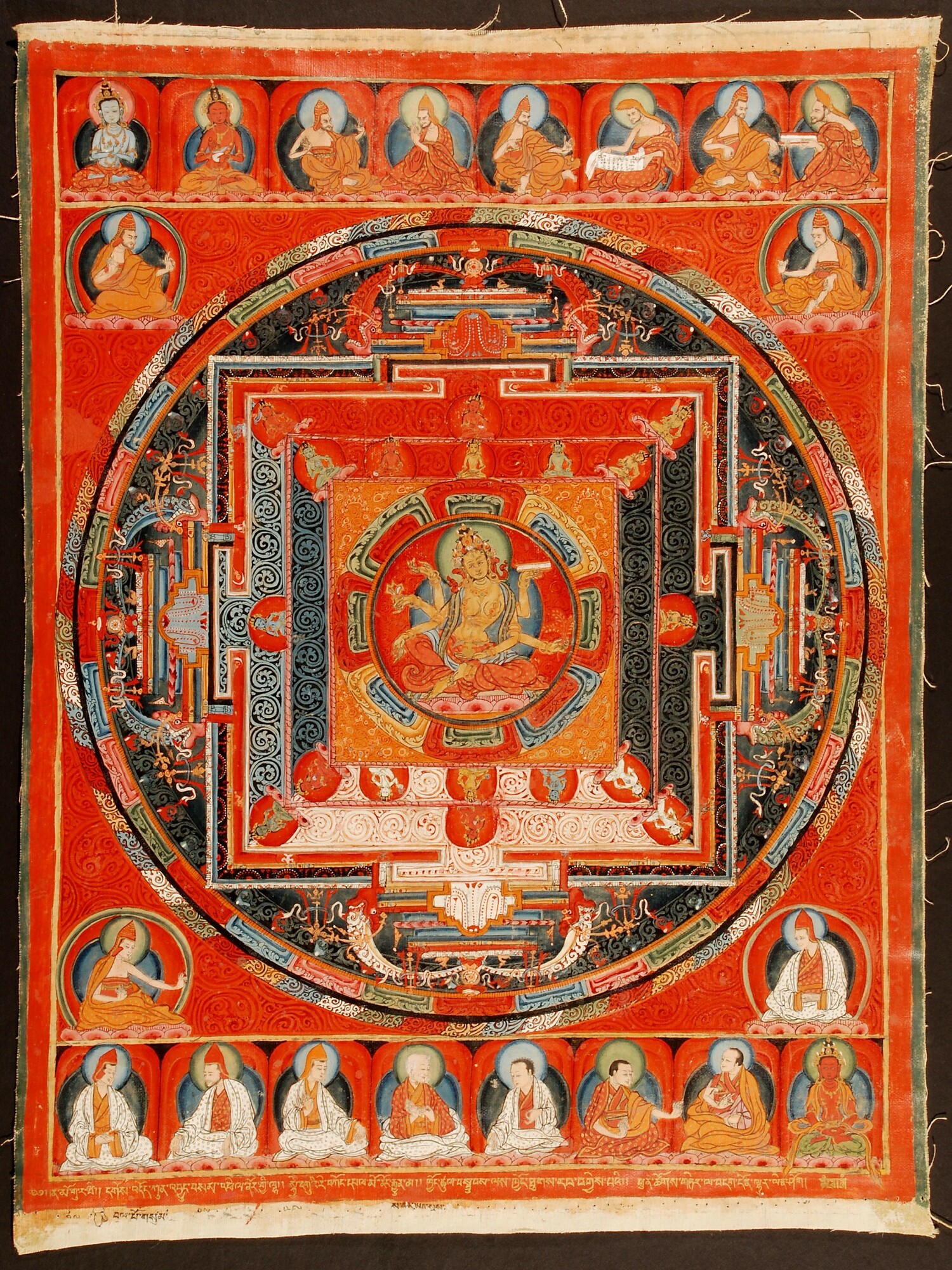
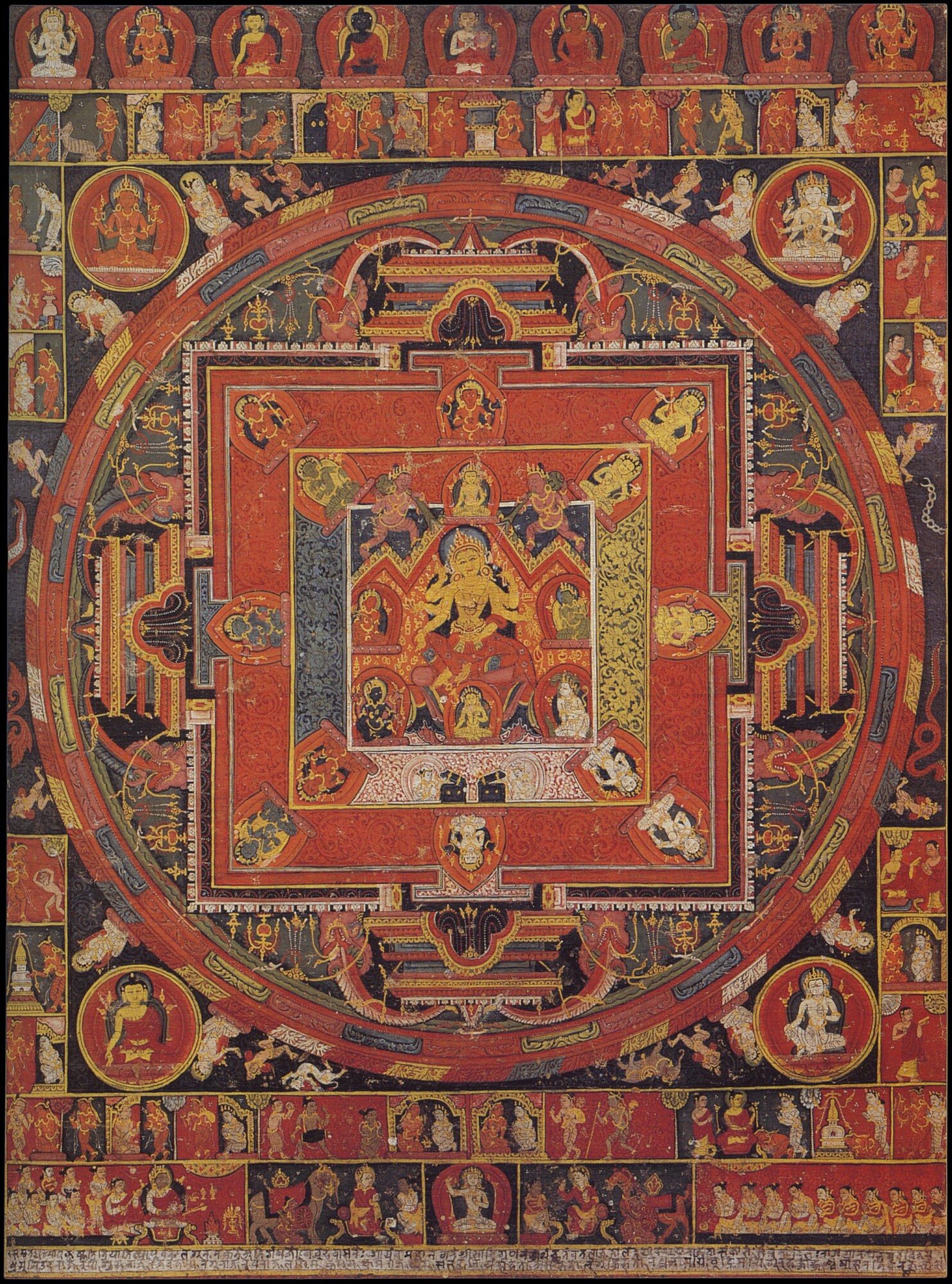


Bookmarks